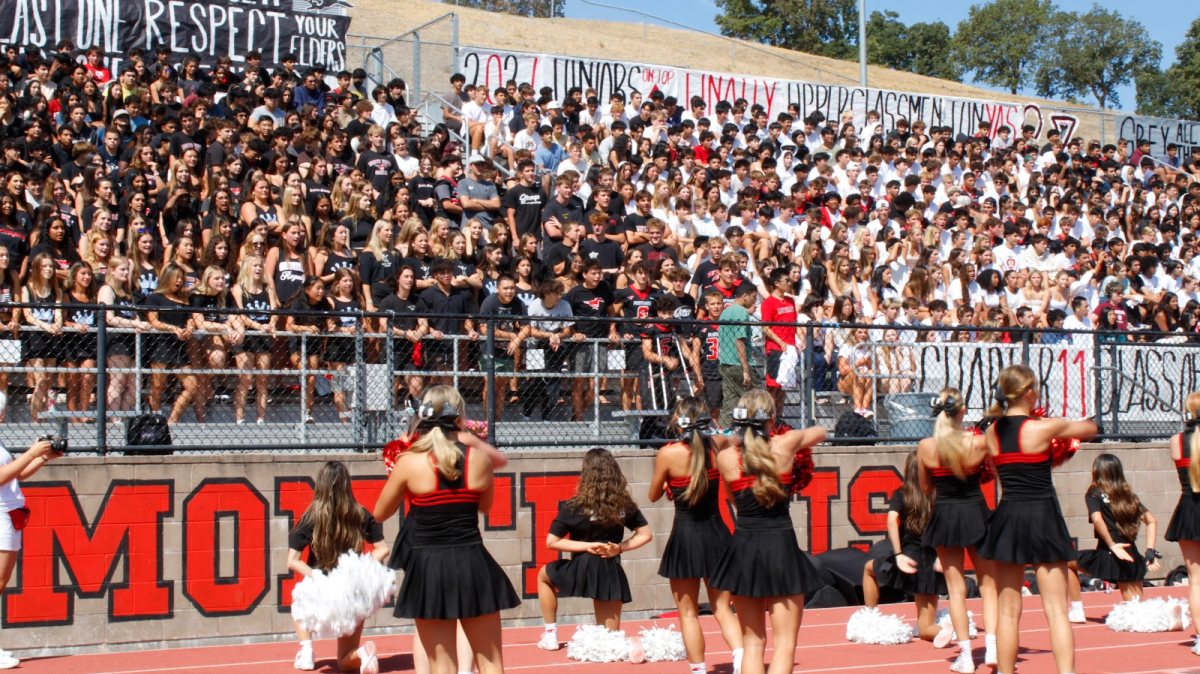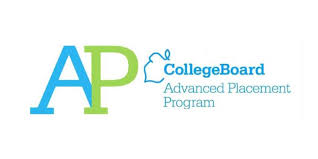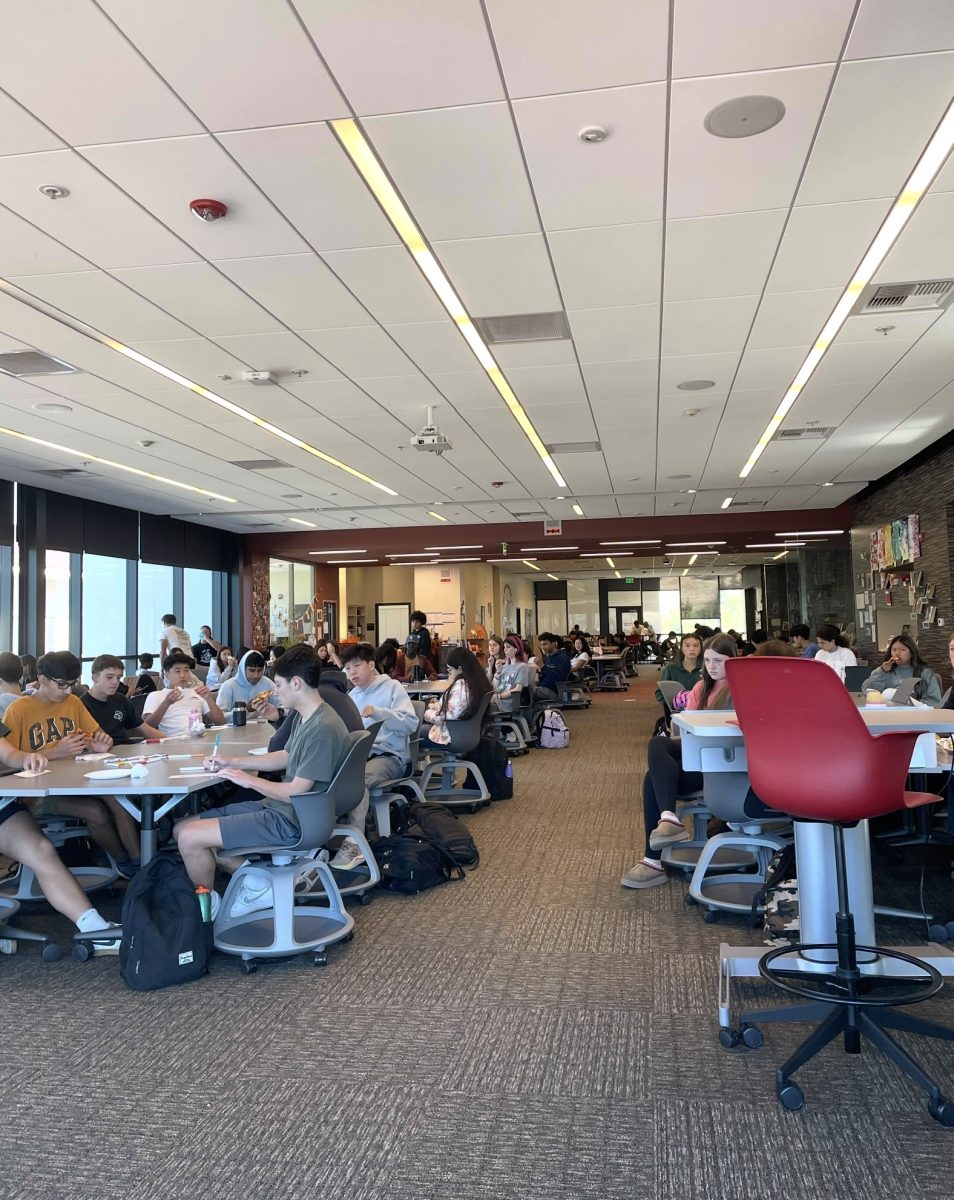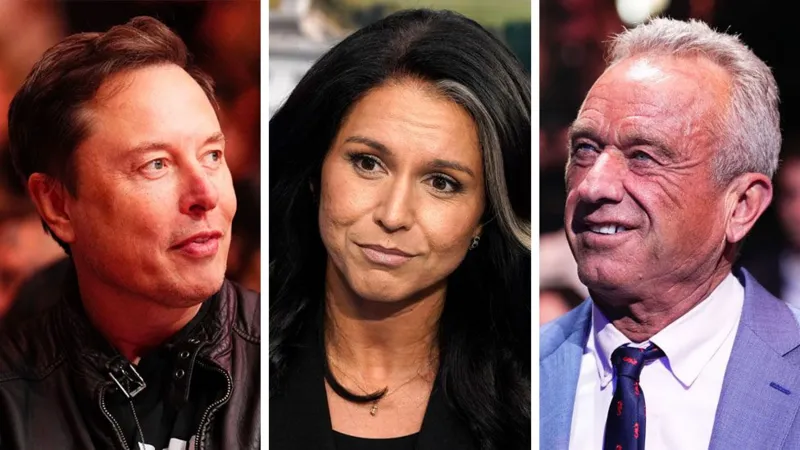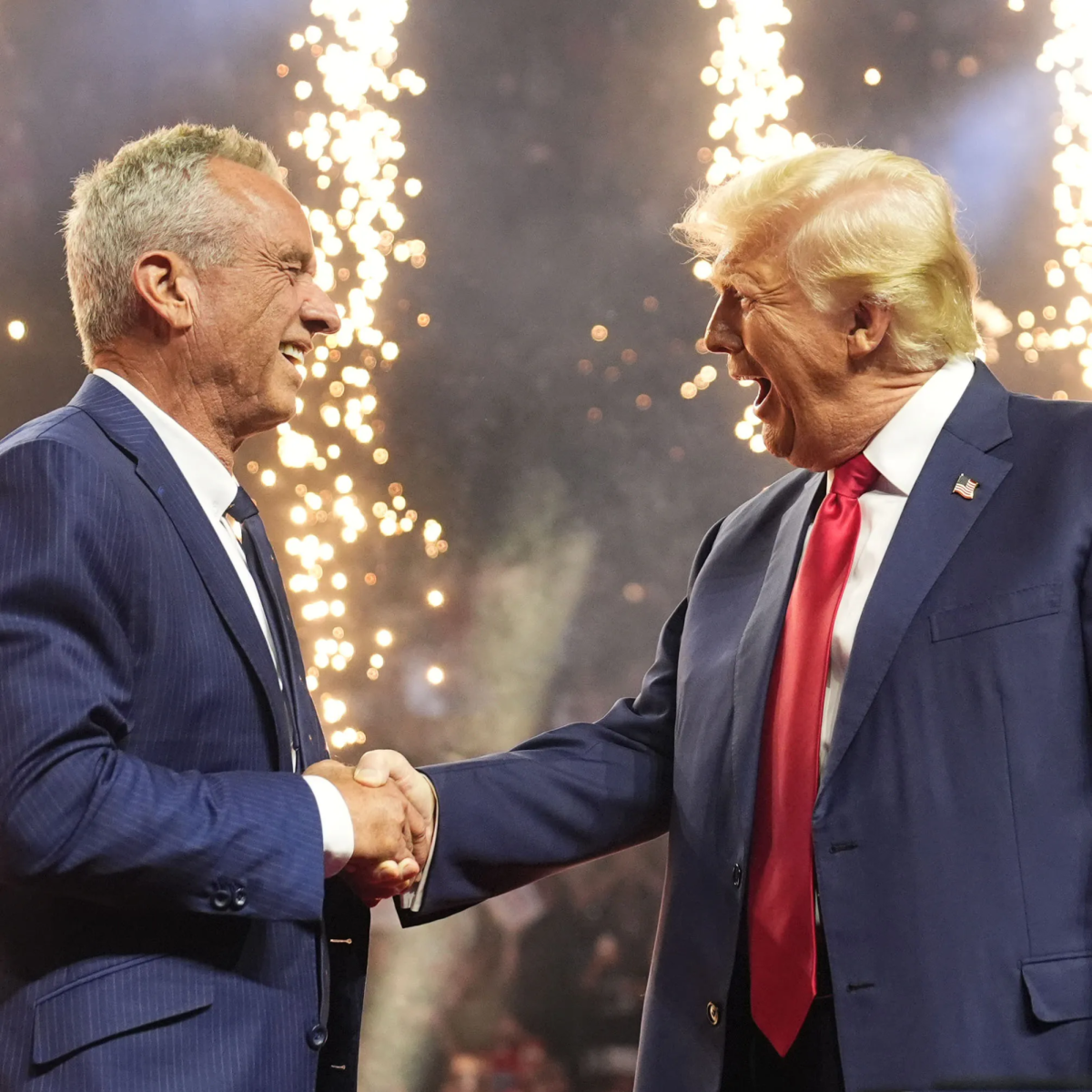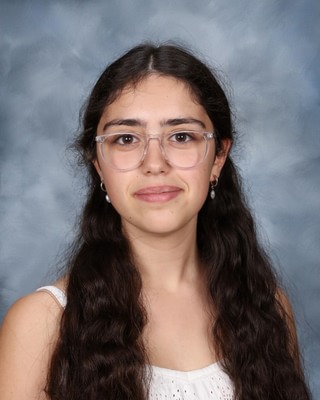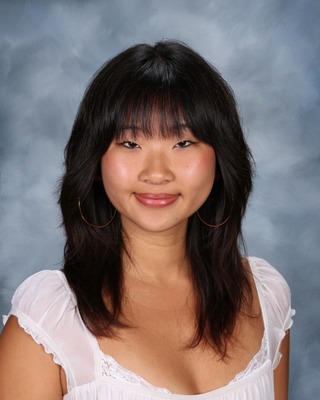For millennia, art has been a physical means of human expression; as AI (Artificial Intelligence) continues to improve and expand, many people, including Monte Vista students, have begun using it to generate ideas and artwork. Although some claim that AI enables more people to create art, others believe that it has significantly negative impacts on the art community. This widespread utilization of AI in art raises the question: will AI soon replace human artists?
The Merriam-Webster Dictionary defines art as a “skill acquired by experience, study, or observation.” AI gains this “experience” through training on data from public domains, and, in terms of art, drawing from already-existing work produced by humans. Since the data from which AI generates art is created by humans, AI cannot surpass human creativity, but only replicate it.
Generative AI art is created when a person inputs a prompt into an AI program, and artwork is generated within minutes. By contrast, artists spend hours working on their pieces – perfecting them down to the last detail. For human artists, creating an art piece is a long and personal process.
“[Pieces usually take] a few … five-hour sessions over a few days, so maybe … 15-20 hours,” said Christina Gard, a senior in AP Art.
While AI might generate an impressive image, humans add meaning and emotional dimension to their art. AI is a digital program, meaning it is incapable of human feelings; therefore, it lacks the ability to convey emotional depth through its work.
“I don’t think AI would be as complex or as in-depth as a human, because I think every person’s art is very personal to themselves … I don’t think AI can recreate that,” said senior and AP 2D design student Evelyn Oh.
The art community is divided in its opinions on the use of AI in artwork, and Monte Vista art students are no different. Based on the results from an anonymous survey about AI art, 58.6% of the Monte Vista art students who responded believed that AI has mainly negative impacts on the art community. However, many of those students think that using AI to create artwork is justifiable to some extent.
“People who have disabilities and can’t create [artwork] in a traditional way may be able to utilize AI art to express themselves,” one student wrote.
People who have disabilities or struggle with mobility might face challenges when they want to create artwork or express their ideas. This is when AI can be a great tool. The simple process of inputting a prompt to generate work is much more accessible for those who face difficulties creating artwork on their own.
Generative AI can also act as a tool for artists, without replacing the process of creating art. Traditionally, artists can spend hours searching for inspiration for a piece. Using AI to help brainstorm ideas and search for inspiration can save them a significant amount of time. In terms of different art forms, like architecture and photography, AI can be used as a time-saving tool in the creative process.
“There’s a lot of benefit in AI being able to … do really repetitive tasks that require a lot of labor from just a human, but AI can do it quite fast, [like] if you’re making plans or sections for a building,” said Tanusha Tamijet, a senior and AP 3D Art student. “And also I think that when you’re editing photos especially, there are a lot of great tools … you can use generative AI to remove things from the background[s] … [and] blend textures and make them smoother.”
Overall, the future for art is unpredictable, but one thing remains certain: AI might be used to create artwork, but it cannot replace the depth of art pieces created by humans. AI will no doubt continue to evolve and shape the art community and industry, but whether its effect is positive or negative is up to you.



